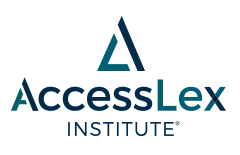
Legal Profession
Diversity and Gender Equity in Legal Practice
Document Type
Law Review Article
Publication Date
3-2014
Keywords
lawyer demographics, implicit bias in the legal profession
Abstract
One irony of this nation's continuing struggle for diversity and gender equity in employment is that the profession leading the struggle has failed to set an example in its own workplaces. In principle, the American bar is deeply committed to equal opportunity and social justice. In practice, it lags behind other occupations in leveling the playing field. According to the American Bar Association (ABA), only two professions (the natural sciences and dentistry) have less diversity than law; medicine, accounting, academia, and others do considerably better.' Part of the problem lies in a lack of consensus on what exactly the problem is. What accounts for gender, racial, and ethnic inequalities in law firms? Who is responsible for addressing them? Which proposed solutions would be worth the cost?
These are not new questions. But recent economic and client pressures have made clear the need for better answers. Many of the obstacles to diversity and equity in legal practice are symptomatic of deeper structural problems. This Article focuses primarily on barriers involving gender, race, and ethnicity. Although these are not the only relevant dimensions of diversity, they provide a useful framework because they affect the greatest number of lawyers and have been subject to the most systematic research. However, much of the analysis below has broader application to improving the quality of professional life for other groups in legal settings.
The following discussion tracks conventional usage in referring to "women and minorities," but that should neither obscure the unique experience of women of color, nor mask differences within and across racial and ethnic groups. The point, rather, is to understand how different identities intersect to structure the professional experience.




